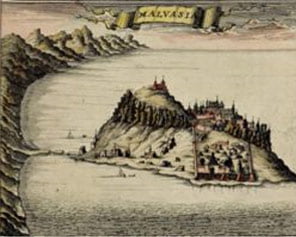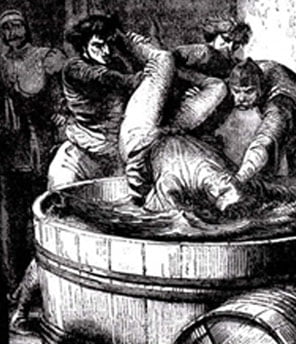The rich and fertile soil, as well as the climate of our region have favored the production of superior quality products, dating since ancient Greek times. Many historical references speak of our region as a fertile haven with enriched fruitful lands and tasty products.
The uninterrupted cultivation, the know-how and the continual development of small family businesses has helped in the qualitative expansion of the production of fresh produce This has continued to be influenced by modern practices and regulated cultivation. Our country continues to provide branded products with premium identity, good quality and reputation.




